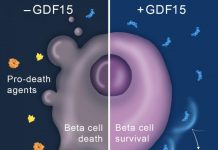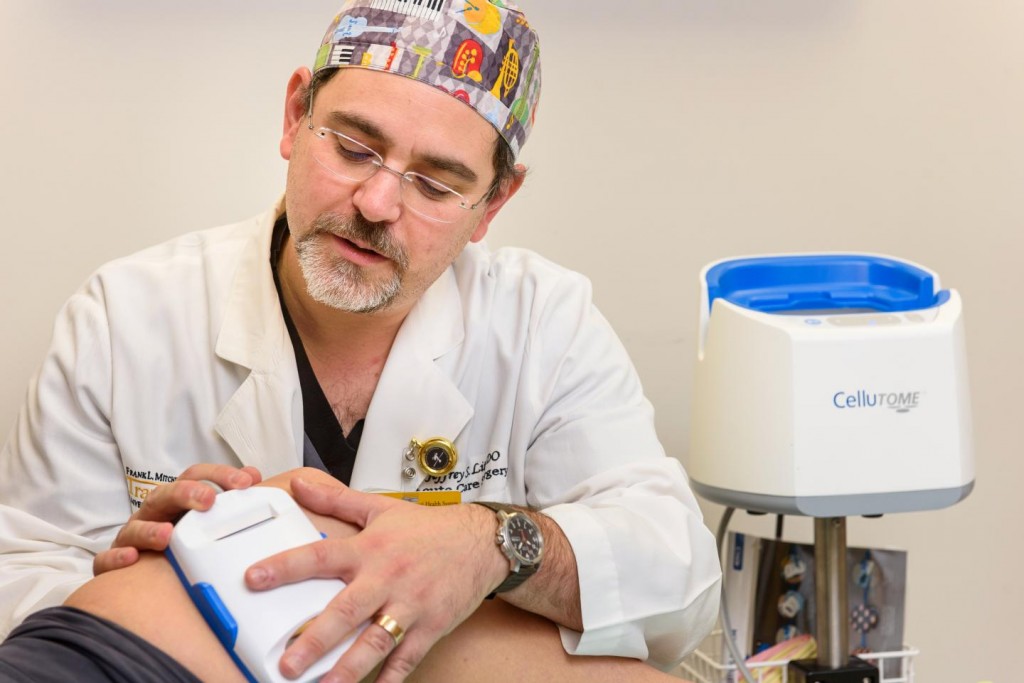BOSTON - July 2002 - Scientists at Massachusetts General Hospital (MGH) have discovered that a naturally occurring hormone can cause adult islet stem cells to mature into pancreatic beta cells, the insulin-secreting cells that are depleted or compromised in diabetes. The results, which appear in the August issue of Endocrinology, could help researchers design a strategy for reversing the disease.
"These findings are important because, in diabetes, beta cells in the pancreas have a limited if any capacity to proliferate, and they die at a steady rate," says Joel Habener, MD, of the MGH Laboratory of Molecular Endocrinology and an investigator with the Howard Hughes Medical Institute, the paper's senior author.
Type 1 diabetes is caused by destruction of insulin-producing beta cells of the pancreas in a mistaken attack by the body's immune system. As a result, patients do not produce the insulin required for proper glucose metabolism and need to take insulin injections. In type 2 diabetes, the most common form of the disease, patients' beta cells do not produce enough insulin at the right time during a meal, and their overall metabolism does not respond correctly to insulin. As a result, their blood glucose levels rise. This so-called hyperglycemia can exert further deleterious effects on beta cells. For both types of diabetes, finding new ways to provide functioning beta cells has been an area of great interest for researchers.
One current strategy being explored for treating type 1 diabetes is transplantation of beta cells, but these cells are in limited supply and may be rejected by the patients' immune systems. Therefore, finding alternative sources of insulin-secreting cells is necessary.
Clinical trials have shown that an intestinal hormone called glucagon-like peptide-1 (GLP-1) can provoke beta cells to proliferate and to secrete insulin. Habener and his laboratory now provide evidence that the hormone may also cause islet stem cells to differentiate, or mature, into true beta cells. In a 2001 study, the team identified the islet stem cells called nestin-positive islet-derived progenitor cells (NIPs) and showed that NIPs could develop into insulin-secreting cells.
Continue Reading Below ↓↓↓
The current report finds that NIPs express a receptor protein that binds to GLP-1 and, when activated, induces the NIPs to differentiate into insulin-secreting cells. Locally produced GLP-1 may stimulate the development of beta cells by causing islet stem cells to differentiate. These findings may help researchers devise strategies for using NIPs to treat diabetes.
"If we can transplant beta cells grown from a patient's own stem cells, the risk of rejection is gone," says Habener. "And now with the addition of GLP-1, we might be able to stimulate those cells to become truly functional." Habener stresses that the NIPs are derived from adult tissues. Therefore, the ethical issues that surround fetal or embryonic stem cells can be avoided.
Habener is working with the cellular therapy company ViaCell to design preclinical studies that will test whether adult islet stem cells might actually prove to be a cure for diabetes. ViaCell has licensed some of Habener's discoveries and has formed the subsidairy ViaCell Endocrine Science, Inc. to research and develop cellular medicines for human diseases including diabetes.
The other members of the MGH research team are Elizabeth Abraham, PhD, Colin Leech, PhD, Julia Lin, MS, and Henryk Zulewski, PhD. The study was supported by research grants from the National Institutes of Health.
Massachusetts General Hospital, established in 1811, is the original and largest teaching hospital of Harvard Medical School. The MGH conducts the largest hospital-based research program in the United States, with an annual research budget of more than $300 million and major research centers in AIDS, cardiovascular research, cancer, cutaneous biology, transplantation biology and photomedicine.
In 1994, the MGH joined with Brigham and Women's Hospital to form Partners HealthCare System, an integrated health care delivery system comprising the two academic medical centers, specialty and community hospitals, a network of physician groups and nonacute and home health services.
Source: Massachusetts General Hospital










